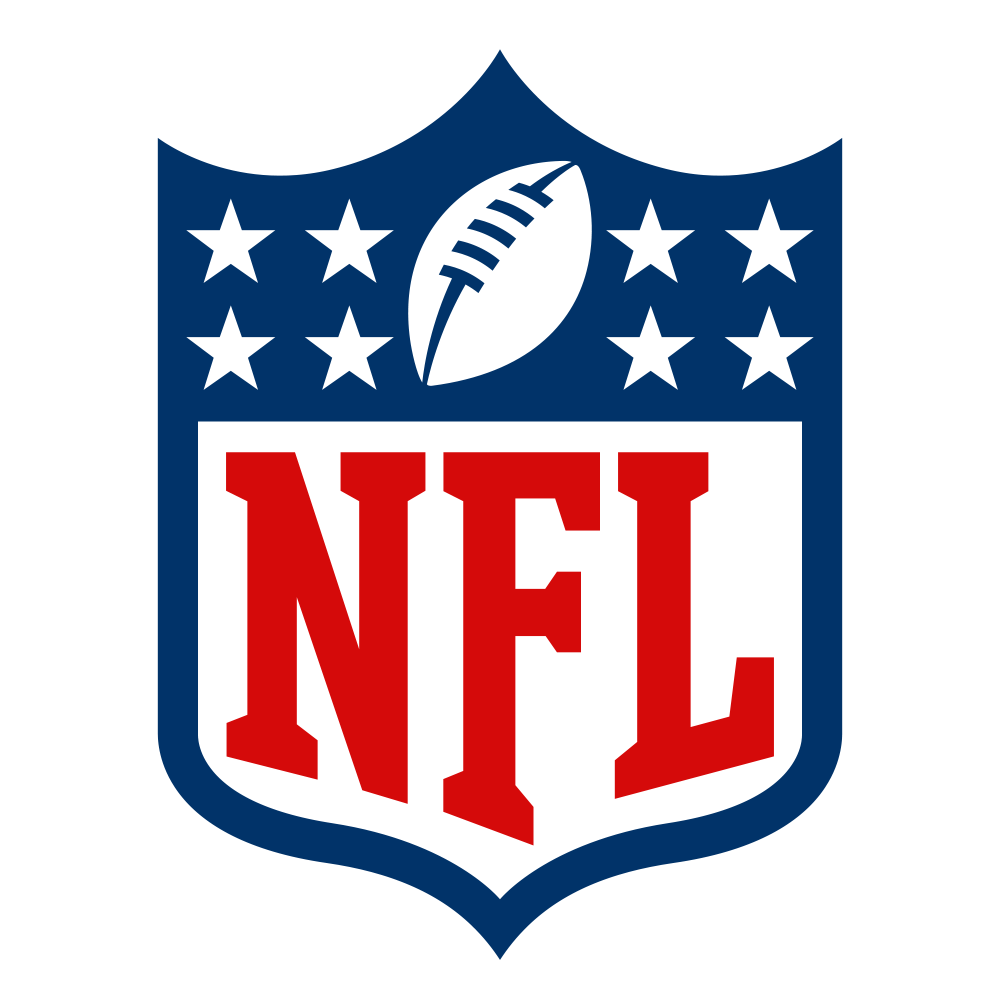Bookkeeping
Balance Sheet Template Download Free Excel Template
Harold Averkamp (CPA, MBA) has worked as a university accounting instructor, accountant, and consultant for more than 25 years. A drawback of the account form is the difficulty in presenting an additional column of amounts on an 8.5″ by 11″ page. These operating cycles can include receivables, payables, and inventory. Shareholders’ equity will be straightforward for companies or organizations that a single owner privately holds. If the company wanted to, it could pay out all of that money to its shareholders through dividends. Shareholders’ equity belongs to the shareholders, whether public or private owners.
On the other hand, if a company has excessive debt or declining asset values, it may be a sign of financial trouble. Understanding a company’s financial health helps us make better decisions about investing, lending, or partnering with the company. Compute total assets by summing short-term, long-term, and other assets. You can also calculate total liabilities by summing short-term, long-term, and other liabilities. Additionally, you may find total equity by adding net income, retained earnings, owner contributions, and issued stock. This presentation starts with assets and after that, equity & liabilities are listed.
- In a company’s balance sheet the term “owner’s equity” is often replaced by the term “stockholders equity”.
- For instance, if a company takes out a ten-year, $8,000 loan from a bank, the assets of the company will increase by $8,000.
- This gives you a percentage showing how much the company is financed by debt.
Balance sheet (also known as the statement of financial position) is a financial statement that shows the assets, liabilities and owner’s equity of a business at a particular date. The main purpose of preparing a balance sheet is to disclose the financial position of a business enterprise at a given date. While the balance sheet can be prepared at any time, it is mostly prepared at the end of the accounting period.
Key Elements of a Balance Sheet
The assets and liabilities are shown in a logical order for helping the stakeholders in understanding the financial statements easily. Within each of these categories, line items are presented in decreasing order of liquidity. This is the most common default presentation format used by most accounting software packages. The horizontal balance sheet presents assets on the left side of the page, and liabilities and equity on the right side. This is a useful presentation format when there are many line items, and you are trying to keep all of the information on a single page.
This may include accounts payables, rent and utility payments, current debts or notes payables, current portion of long-term debt, and other accrued expenses. These revenues will be balanced on the asset side of the equation, appearing as inventory, cash, investments, or other assets. While stakeholders and investors may use a balance sheet to predict future performance, past performance does not guarantee future results. There are a number of high-quality accounting software solutions available. To find out which is the right option for your business, check out our article detailing the best accounting software for small businesses.
This balance sheet compares the financial position of the company as of September 2020 to the financial position of the company from the year prior. Tracking uses the batch number, expiration date, manufacturing date, slot number, and other information. You can generate sales reports, production reports, financial records, and other reports. The app lets you get this information from any location through live status tracking.
Non-Current Assets
Assets can be further broken down into current assets and non-current assets. An asset is anything a company owns which holds some amount of quantifiable value, meaning that it could be liquidated and turned to cash. A trial balance compiles ledger balances into equal debit and credit totals on a bookkeeping worksheet. Companies typically prepare this balance at the end of each reporting period.
Determine the Reporting Date and Period
Whether you’re an investor or financial enthusiast, comprehending the balance sheet is vital for assessing a company’s stability, strength, and performance. Yes, IFRS (International Financial Reporting Standards) requires a balance sheet. Companies use the income statement as a key financial statement in IFRS reporting to consolidate financial information.
Related AccountingTools Courses
It can be looked at on its own and in conjunction with other statements like the income statement and cash flow statement to get a full picture of a company’s health. This statement is a great way to analyze a company’s financial position. The financial statement only captures https://www.wave-accounting.net/ the financial position of a company on a specific day. Looking at a single balance sheet by itself may make it difficult to extract whether a company is performing well. For example, imagine a company reports $1,000,000 of cash on hand at the end of the month.
Within current liability accounts, you’ll find long-term debt, interest payable, salaries, and customer payments. Meanwhile, long-term liabilities comprise long-term debts, pension fund liability, and bonds payable. This format is not ideal for both inter-firm and intra-firm comparisons because the information presented only relates to the current year. It is easier to compare the information in a vertical format balance sheet. Includes non-AP obligations that are due within one year’s time or within one operating cycle for the company (whichever is longest).
Invest in Zero-Debt Companies with smallcase
The balance sheet is a report that gives a basic snapshot of the company’s finances. This is an important document for potential investors and loan providers. You can calculate personal accounting software us total equity by subtracting liabilities from your company’s total assets. Here are the steps you can follow to create a basic balance sheet for your organization.
Notes payable may also have a long-term version, which includes notes with a maturity of more than one year. Accounts Payables, or AP, is the amount a company owes suppliers for items or services purchased on credit. As the company pays off its AP, it decreases along with an equal amount decrease to the cash account. Different accounting systems and ways of dealing with depreciation and inventories will also change the figures posted to a balance sheet. Because of this, managers have some ability to game the numbers to look more favorable.
This shows how much of the company belongs to its shareholders or owners. The Directors Loan Account (DLA) essentially tracks all financial transactions between a director and the company. It records any money that has been borrowed or loaned by the director to the business, as well as any personal expenses paid for by the company on behalf of the director. It can be an asset or a liability, depending on whether the business owes or is owed the money. Liabilities are payments that a company is obligated to make in the future, such as loans or lease payments. They can be either current liabilities, which are due within one year, or long-term liabilities, which are due after one year.
























